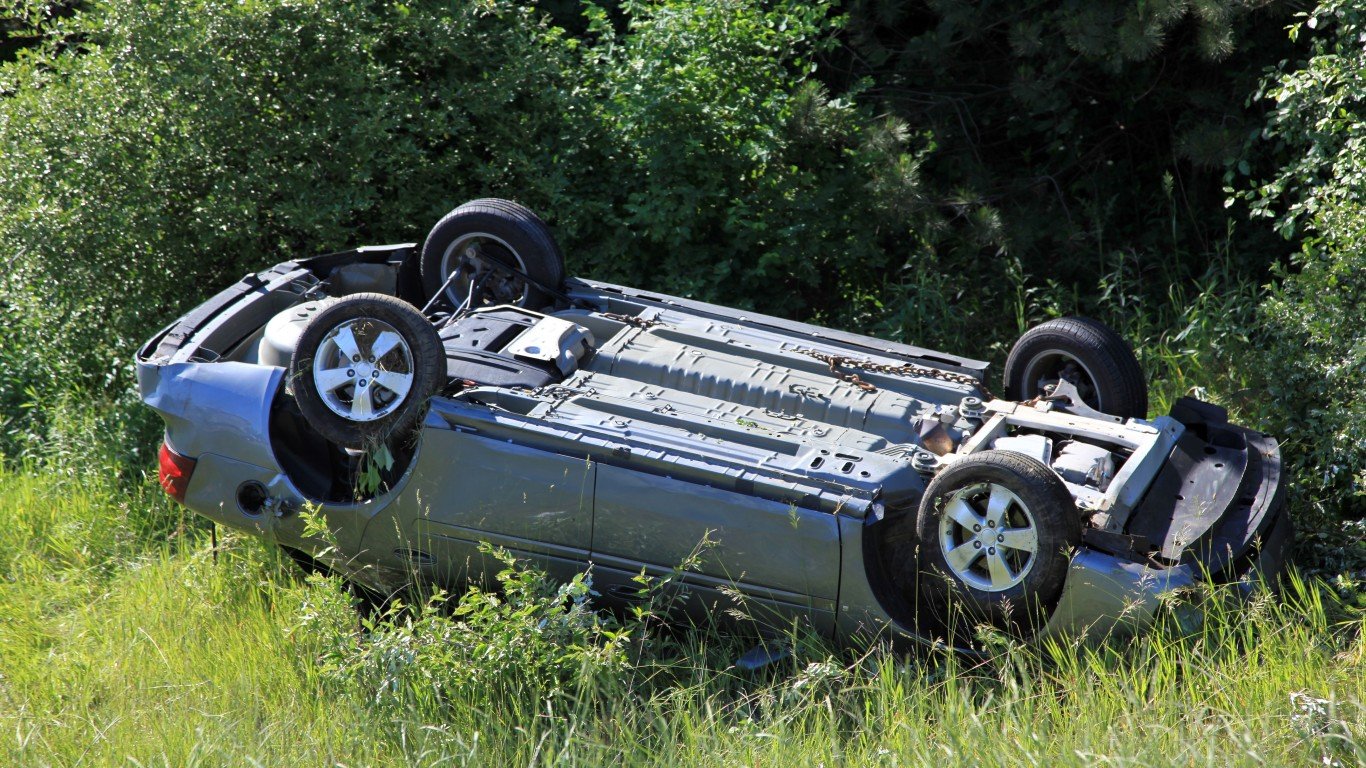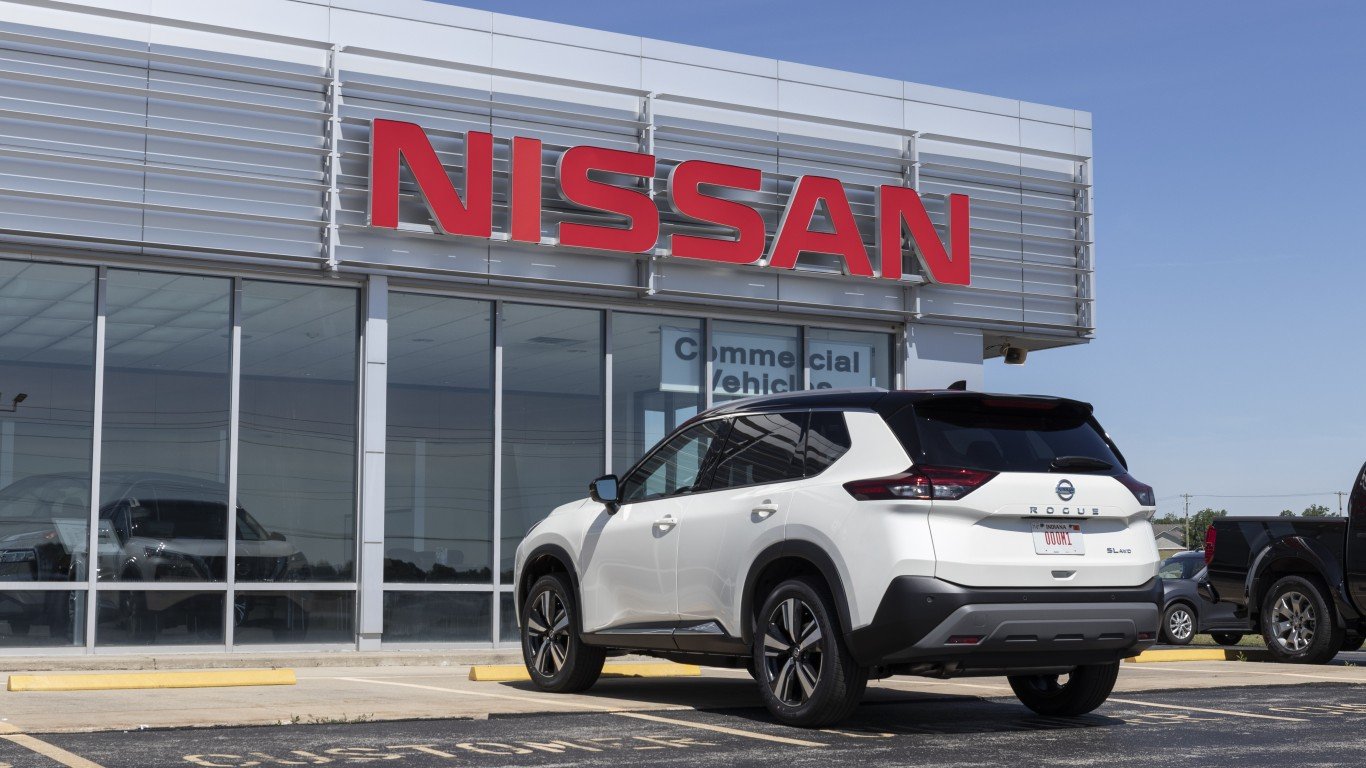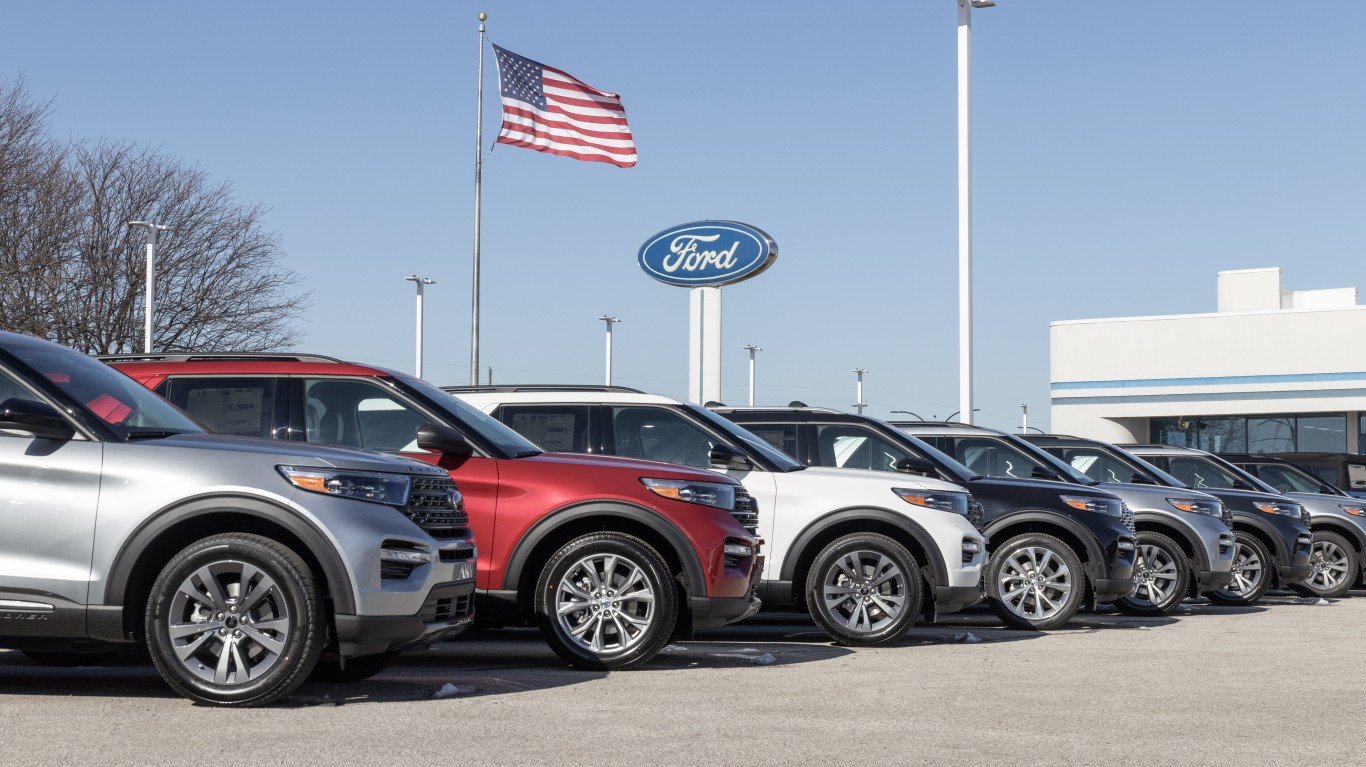

Currently available automobile crash avoidance systems and other new technologies, if implemented across the entire U.S. automobile fleet of some 250 million light vehicles (cars, pickups and sport utility vehicles) could save about half the 36,560 lives lost on U.S. roads.
According to a study released Monday, vehicle crashes are the leading cause of death in Americans under 30 years old and cost the country an estimated $800 billion in direct and indirect expenses every year.
Consumer Reports magazine analyzed the fatality reduction benefits of four crash avoidance technologies: automatic emergency braking, lane departure warning, blind-spot warning and pedestrian detection. The researchers also evaluated two technologies that use vehicle-to-vehicle (V2V) communications to help avoid crashes, and one drunk-driving prevention technology, the Driver Alcohol Detection System for Safety (DADSS).
The V2V technologies and the DADSS system could together save between 5,000 and nearly 9,000 lives a year, while the crash avoidance technologies could prevent the loss of 11,800 lives.
To achieve this life-saving goal, all these technologies must be standard equipment on all 250 million light vehicles in the U.S. fleet. Equally important, perhaps, is that drivers trust these technologies to work when needed.
Neither of these prerequisites is near to being achieved, according to the study. Automatic braking is now standard equipment on about 67% of new light vehicles sold in the United States. Automakers have committed to making it standard on all new vehicles by 2022.
Pedestrian detection is now standard equipment on 61% of new vehicles, while lane-keeping and blind-spot warning are standard on 49% and 29%, respectively.
There are neither current federal law nor federal regulations requiring carmakers to equip their new cars with these systems, nor are there any performance standards on how trustworthy the systems must be.
The Consumer Reports study also looked at the technologies being implemented in self-driving vehicles as an alternative to adopting the available technologies for traditional vehicles. In 2017 and 2018, both houses of Congress considered but did not enact legislation to expedite the deployment of self-driving cars.
The researchers noted Americans’ wariness of self-driving technology and concluded that prioritizing the development and deployment of self-driving vehicles “cannot be analytically supported given the lack of available evidence establishing on-road safety benefits to vehicles that drive themselves compared to traditionally-driven vehicles.”
The sooner the available technologies become standard equipment, the sooner the U.S. can save more lives. It takes about 16 years to turn over the entire 250 million vehicles in the U.S. light vehicle fleet. As Consumer Reports notes, “Delay by either the government or manufacturers would unduly leave people at risk and effectively let essential auto industry innovations go to waste.”
Sponsored: Attention Savvy Investors: Speak to 3 Financial Experts – FREE
Ever wanted an extra set of eyes on an investment you’re considering? Now you can speak with up to 3 financial experts in your area for FREE. By simply
clicking here you can begin to match with financial professionals who can help guide you through the financial decisions you’re making. And the best part? The first conversation with them is free.
Click here to match with up to 3 financial pros who would be excited to help you make financial decisions.
Thank you for reading! Have some feedback for us?
Contact the 24/7 Wall St. editorial team.
 24/7 Wall St.
24/7 Wall St.


